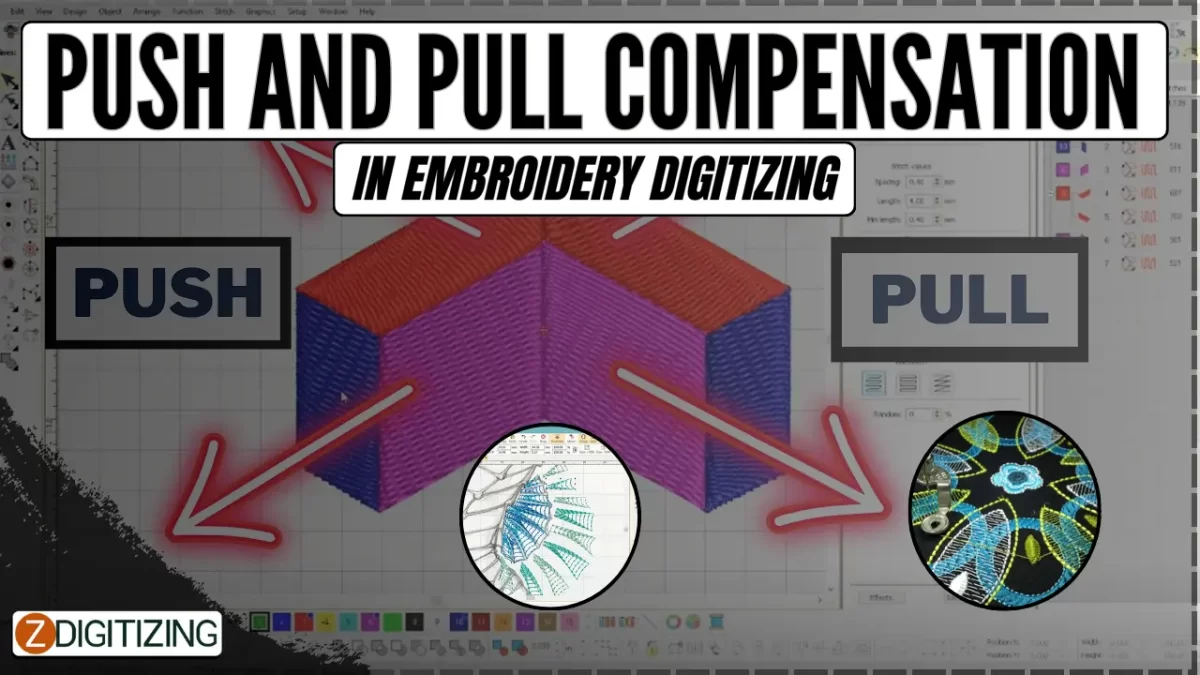Unveiling the Science Behind Traffic Paint: Enhancing Safety on the Roads
In the labyrinth of urban landscapes, where vehicles weave through bustling streets and pedestrians traverse bustling sidewalks, lies a vital yet often overlooked element of transportation infrastructure: traffic paint. It’s the unsung hero that lines our roads, guides our paths, and keeps our journeys safe. While seemingly simple in appearance, the science and technology behind traffic paint are intricate, designed with a singular focus—to enhance safety and efficiency on the roads.
Formulation and Composition:
Traffic paint, also known as road marking paint, is a specialized type of coating formulated to withstand the rigors of outdoor exposure, vehicular traffic, and adverse weather conditions. Its composition varies depending on factors such as climate, surface type, and application method but typically includes the following key components:
- Pigments: Pigments provide color and visibility to the paint, ensuring that markings remain clearly visible under various lighting conditions. Reflective pigments, such as glass beads, may also be added to enhance visibility at night or in low-light environments.
- Binders: Binders are responsible for holding the pigment particles together and adhering them to the road surface. Common binder materials include acrylics, alkyds, and thermoplastic resins, each offering different levels of durability and performance.
- Solvents: Solvents serve as the carrier medium for the paint, allowing it to be applied smoothly and evenly onto the road surface. Depending on the type of paint and application method, solvents may be water-based or solvent-based.
- Additives: Additives such as drying agents, anti-skid aggregates, and UV stabilizers may be incorporated into the paint formulation to improve drying time, traction, and weather resistance.
Application Techniques:
The application of traffic paint requires precision and expertise to ensure that markings are accurately placed and adhere securely to the road surface. Several application techniques are commonly used:
- Spray Application: Spray application is one of the most common methods of applying traffic paint, particularly for long lines and large surface areas. High-pressure spray guns are used to deliver a fine mist of paint onto the road surface, resulting in smooth, uniform coverage.
- Striping Machines: Striping machines, also known as road marking machines, are specialized vehicles equipped with spray guns and paint tanks for efficiently applying markings, symbols, and lines on roads. These machines ensure precise alignment and spacing of markings, enhancing overall road safety and aesthetics.
- Hand Application: In areas where precision is paramount or access is limited, traffic paint may be applied by hand using brushes or rollers. This method allows for greater control over line thickness and placement but is typically slower and more labor-intensive than automated techniques.
Safety and Visibility:
The primary purpose of traffic paint is to enhance safety and visibility on the roads, particularly in areas where traffic patterns may be complex or hazardous. Key considerations for maximizing visibility and effectiveness include:
- Color Contrast: Contrast between the paint color and the road surface is crucial for visibility, especially in low-light conditions or inclement weather. High-contrast color combinations, such as white lines on black asphalt or yellow lines on concrete, help drivers distinguish markings more easily.
- Reflectivity: Reflective additives, such as glass beads or retroreflective pigments, can significantly improve the visibility of markings at night by reflecting light from vehicle headlights back towards the driver.
- Durability: Traffic paint must withstand constant exposure to vehicular traffic, UV radiation, and weathering without fading or deteriorating prematurely. Durable binder materials and weather-resistant additives help prolong the life of markings and maintain their visibility over time.
Environmental Considerations:
In recent years, there has been a growing emphasis on developing environmentally friendly alternatives to traditional traffic paint formulations. Water-based paints, low-VOC (volatile organic compound) formulations, and bio-based binders are examples of eco-conscious alternatives that minimize environmental impact without compromising performance.
As technology continues to advance, innovations in traffic paint are poised to revolutionize the way we perceive and interact with our roadways. Here are some key trends shaping the future of traffic paint:
- Smart Markings: With the advent of smart transportation systems, there’s growing interest in incorporating technology directly into traffic paint. Smart markings embedded with sensors or RFID (radio-frequency identification) tags can provide real-time data on traffic flow, road conditions, and vehicle speeds. These intelligent markings have the potential to enhance safety and efficiency by alerting drivers to hazards, optimizing traffic signal timing, and facilitating autonomous vehicle navigation.
- Dynamic Markings: Traditional traffic paint is static, but future innovations may enable markings to adapt dynamically to changing traffic conditions. Dynamic markings could include variable lane widths, reversible lanes, or adaptive traffic signals that adjust based on real-time demand. By maximizing roadway capacity and minimizing congestion, dynamic markings have the potential to revolutionize urban mobility and reduce travel times for commuters.
- Self-Healing Coatings: Road markings are subjected to constant wear and tear from vehicular traffic, weathering, and maintenance activities. Self-healing coatings, inspired by nature’s ability to repair itself, offer a promising solution to prolong the lifespan of traffic paint and reduce the need for frequent repainting. These coatings contain microcapsules or nanomaterials that can repair minor damage to the surface, restoring its functionality and appearance over time.
Conclusion:
Traffic paint may seem inconspicuous amidst the hustle and bustle of urban life, but its role in shaping our transportation infrastructure cannot be overstated. From guiding drivers safely through complex intersections to delineating pedestrian crossings and bicycle lanes, traffic paint serves as a silent sentinel, tirelessly working to enhance safety and efficiency on our roads. As we continue to innovate and evolve, let us not overlook the importance of this humble yet indispensable component of modern mobility.









